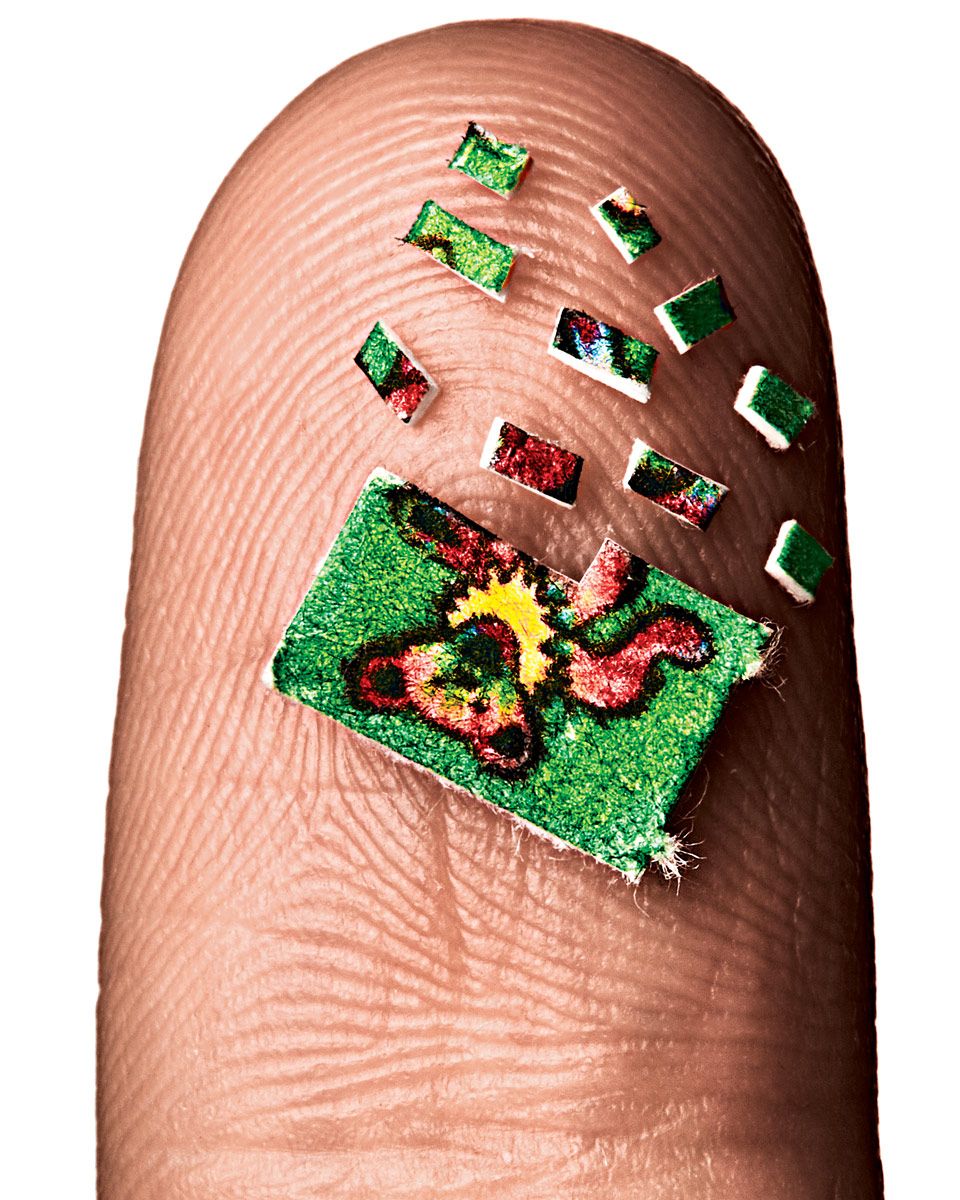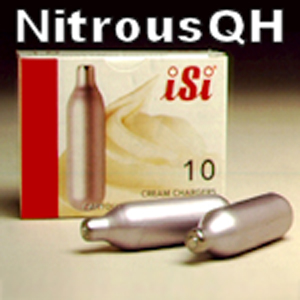

These differences could be possible if psilacetin is psychoactive in itself and not merely as a prodrug. Some users find that the visual effects produced by O-acetylpsilocin more closely resemble those produced by DMT than those produced by psilocin or psilocybin. Many users report less body load and nausea compared with psilocin. However, the role of these interactions and how they result in the psychedelic experience is the subject of ongoing scientific investigation.Ĭlaims of subjective differences in effects between the acetylated and non-acetylated forms of psilocin vary: some users report that O-acetylpsilocin lasts slightly longer, whilst others report that it lasts for a considerably shorter time. The psychedelic effects of 4-AcO-DMT are believed to come from its activity as a partial agonist for the 5-HT 2A receptor. Upon entering the body, O-acetylpsilocin, or 4-AcO-DMT, is deacetylated to psilocin by deacetylases/acetyltransferases during first-pass metabolism and during subsequent passes through the liver (evident as psilacetin is also active via parenteral routes of ingestion). It is the O-acetylated form of psilocin, whereas psilocybin is the O-phosphorylated form.įurther information: Serotonergic psychedelic It also contains two methyl groups CH 3- bound to the terminal amine R N of the ethyl side chain.Ĥ-AcO-DMT is the acetate ester analog of psilocin ( 4-HO-DMT) and the N-substituted methyl homolog of 4-AcO-MET. 4-AcO-DMT is substituted at R 4 of its indole heterocycle with an acetoxy (-AcO) functional group CH 3COO−. Tryptamines share a core structure that consists of a bicylic indole heterocycle attached at R 3 to a terminal amino group via an ethyl side chain. It is unknown when 4-AcO-DMT's effects in humans were first explored.Ĥ-AcO-DMT, or 4-acetoxy-N,N-dimethyltryptamine, is a synthetic member of organic compounds known as tryptamines. However, its pharmacology and subjective effects were not investigated. You can help by expanding it.Ĥ-AcO-DMT and several other esters of psilocin were patented on Januby Sandoz Ltd. This History and culture section is a stub.Īs a result, it may contain incomplete or wrong information. It is highly advised to use harm reduction practices if using this substance. Although its toxicity profile is believed to be near-identical with psilocybin mushrooms (see this section), which are known to be physiologically non-toxic, there is no hard data to support this claim. Very little data exists on the pharmacology, metabolism, and toxicity of 4-AcO-DMT. It is occasionally sold in capsules or pressed pills and marketed as "synthetic shrooms". 4-AcO-DMT's classical psychedelic effects and favorable tolerability profile has led it to become popular among novel psychoactive substance users who seek mystical or entheogenic experiences. It has been theorized to act as a prodrug to psilocin in a manner similar to psilocybin, which may account for this similarity. 4-AcO-DMT's effects are considered to be nearly identical to psilocybin, with some subtle differences. Subjective effects include geometric visual effects, time distortion, enhanced introspection, euphoria, and ego loss. Reports of recreational use began to surface shortly after its appearance on the online research chemical market in the 2010s. Nichols in 1999 proposed its potential use as an alternative to psilocybin for pharmacological research due to the lower cost of synthesis. It is unknown when it was first explored in humans. However, it was not tested for psychoactivity during this time. 4-AcO-DMT is thought to produce its effects by binding to serotonin receptors in the brain however, the precise mechanism is not known.Ĥ-AcO-DMT was first synthesized in 1963 by Albert Hofmann and Franz Troxler as part of a chemical investigation into psilocin analogs.

It is structurally related to psilocybin and psilocin, the active ingredient in psilocybin mushrooms ("magic mushrooms").

It is not a recommendation and should be verified with other sources for accuracy.Ĥ-Acetoxy-N,N-dimethyltryptamine (also known as 4-AcO-DMT, 4-Acetoxy-DMT, O-Acetylpsilocin, psilacetin, and "synthetic mushrooms") is a novel lesser-known psychedelic substance of the tryptamine class. See responsible use section.ĭISCLAIMER: PW's dosage information is gathered from users and resources for educational purposes only. WARNING: Always start with lower doses due to differences between individual body weight, tolerance, metabolism, and personal sensitivity. 4-AcO-DMT, 4-Acetoxy-DMT, Psilacetin, O-Acetylpsilocin, "Synthetic mushrooms"ģ-1H-indol-4-yl acetate


 0 kommentar(er)
0 kommentar(er)
